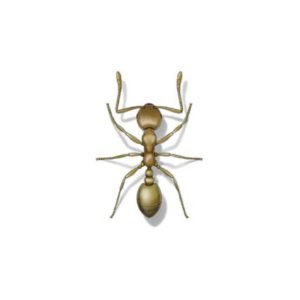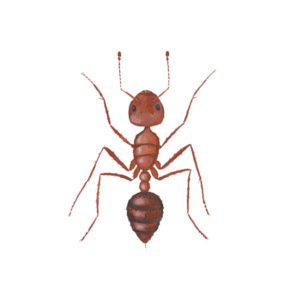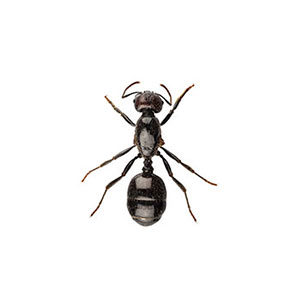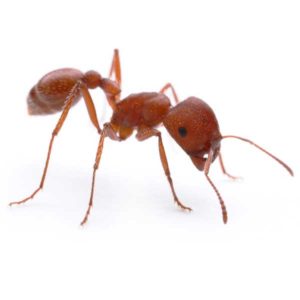Carpenter Ants in Albuquerque NM
Carpenter ants are wood-destroying pests that are often confused with termites. In the Albuquerque area, these ants tunnel through wood and wooden beams as they build nests, damaging the structural integrity of entire buildings. Carpenter ants do not eat and digest wood. Instead, they bore through the wood, creating cavities to raise their young. Carpenter ants can seriously damage wood, reducing solid structures to hollow shells. Hearing faint rustling noises in walls, or seeing ants crawling out of holes or crevices in structures are indications of a carpenter ant infestation.
Carpenter Ant Habitat
Outdoors, carpenter ants prefer to build nests in damp, decaying wood. They feed on the sugary honeydew excreted by plant-sucking insects, like aphids, but will also eat dead and living insects, nectar, and fruit. Indoors, carpenter ants infest construction materials such as foam insulation or wood. Drawn to moisture, colonies of carpenter ants will access homes, building nests in the wood near windows, doorframes, chimneys, attics, and bathtubs. Carpenter ants will infest any area in a structure where wood and water come together, producing rotting wood. Indoor colonies are always associated with moisture issues in homes or businesses.
Carpenter Ant Behaviors, Threats or Dangers
Even though carpenter ants rarely bite and are not generally thought of as dangerous, they are a serious threat to homeowners. Their tunneling activity damages and weakens the structural integrity of homes and structures. They access buildings in search of nesting sites or moisture and their nests can contain several thousand ants. Carpenter ants swarm in order to mate and establish new colonies. Seeing winged, flying ants in your home is a sign of an infestation. While carpenter ants are not as destructive as termites, they can cause substantial damage. If a carpenter ant infestation is suspected, it is best to contact a licensed ant exterminator.
Don’t wait until your home is overrun by ants. Contact Pest Defense Solutions today!
Need help with carpenter ants?
We'll call you! Leave your information below.





